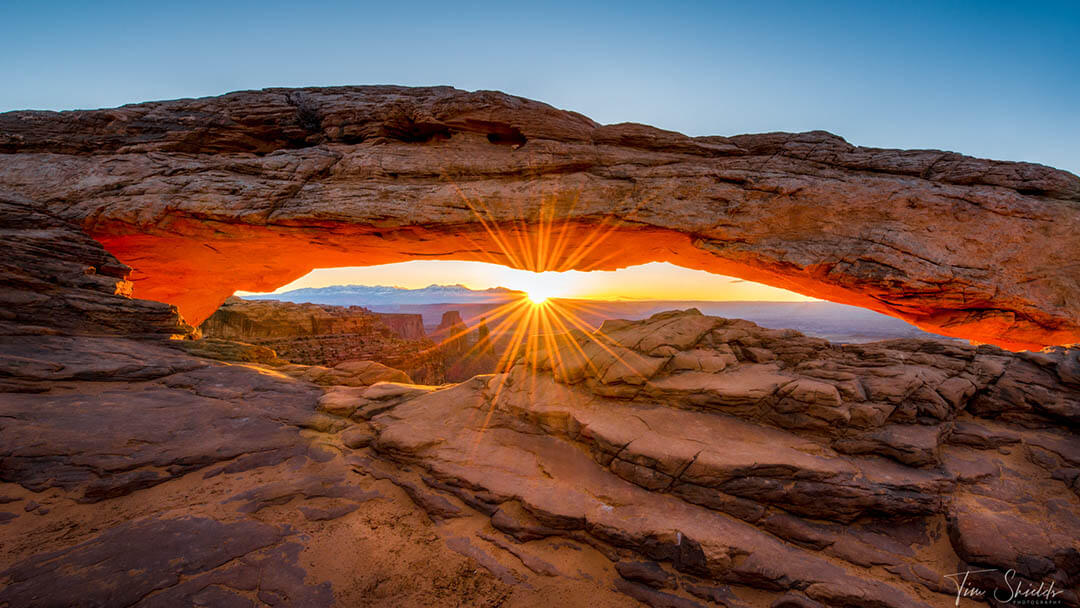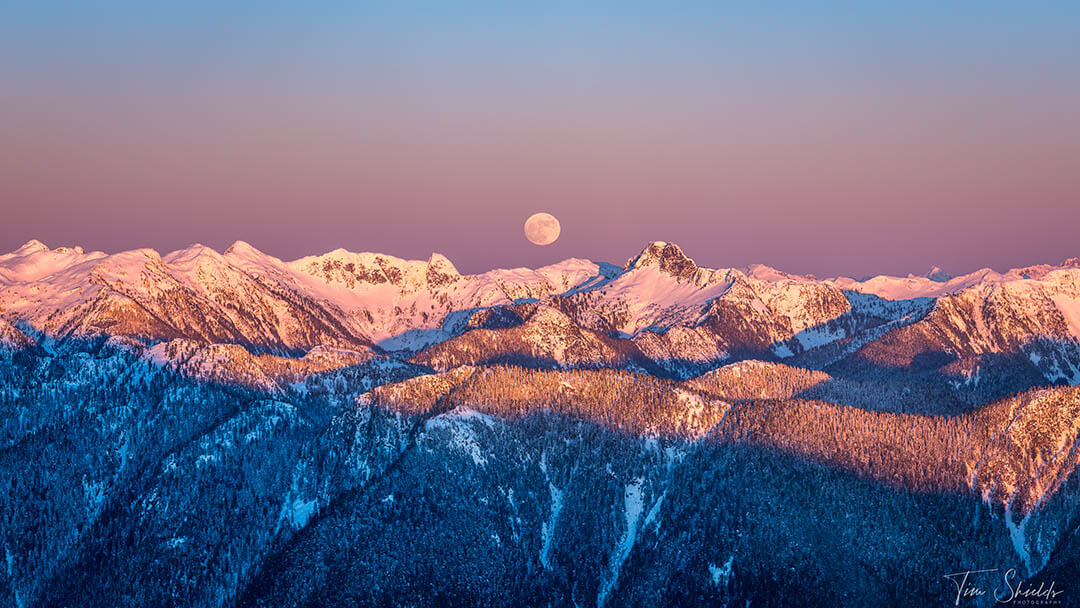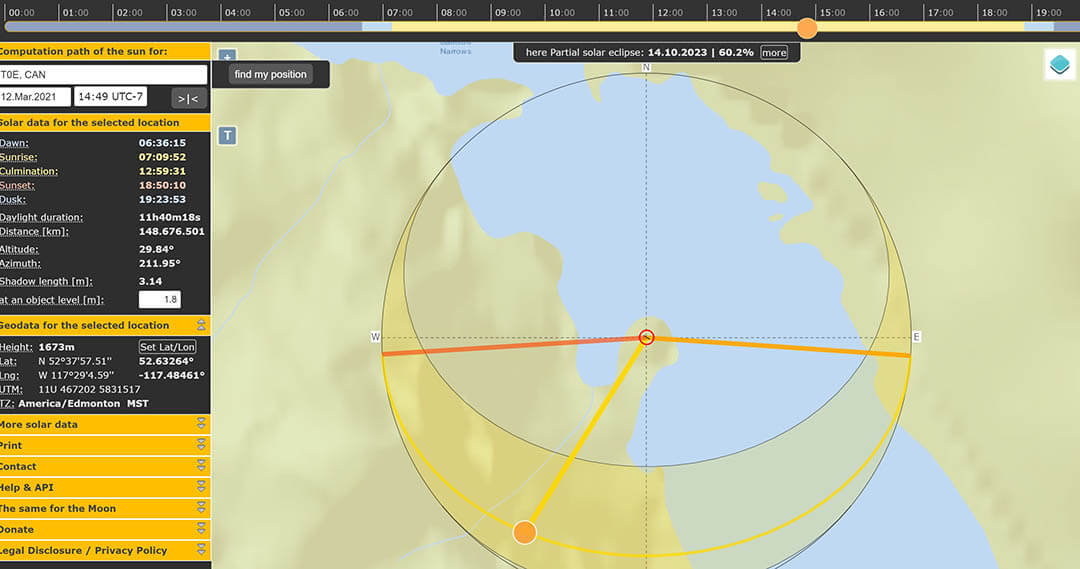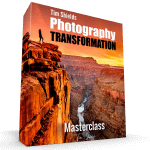Golden hour is the holy time for landscape photographers. These twice-daily hours make or break images, forcing photographers to come and go sometimes 10s of times to get that perfect image. It’s a cycle that brings as much anticipation and joy to photographers as the shootout for hockey fans.
I personally believe that the joy of photography is that you’ll see way more sunrises and sunsets than the average person. You’ll seek out wondrous scenes, and put in extra effort so you can capture and show it to the world. And one of the great questions for every photographer is should I go at sunrise? Or at sunset?
As a general rule, there is no optical difference between the light at sunrise and sunset. Sunrise casts light from East to West, while sunset casts light from West to East. The biggest difference will come from the direction of shadows, and which objects are lit up in golden light
That’s the crux of it. There is no change in the light between sunrise and sunset — within the same region, Earth’s atmosphere will reflect light evenly no matter which side the sun is on. But there’s a major difference in the amount of effort that goes into capturing a sunrise.
To really show the difference between sunrise and sunset, I actually spent an entire day at the same location. It’s called Spirit Island in Jasper National Park. And it’s one of those special places you’ll always wish you could have spent more time at.
[twenty20 img1=”3018″ img2=”3028″ offset=”0.5″ before=”Sunrise” after=”Sunset”]
What does Spirit Island look like at Sunrise and Sunset?
Here are the major differences. In the image on the right, the sun is rising in the East, casting light onto the mountain tops on the right side of my image. The image on the left is sunset, where you can see the sun setting on the right is casting its light on the tops of the mountains, leaving a warm yellow glow.
That glow also happens at the first light in the morning if the conditions are right. Usually, this occurs just after daybreak or during the final light at night. As the sun is just passing through the horizon, it’ll leave these glowing yellow, then orange, then red streaks of light on the tops of mountains, or the sides of buildings and monuments.
It’s one of my favorite parts of the sunrise and sunset. And it’s so predictable, which makes it a lot of fun to capture. All you need is a weather app that shows you the percentage of clouds in the skies. On this app, look for conditions when there isn’t much cloud in the sky, or when it’s all high clouds. Clouds high in the sky won’t block the sun as it goes through the edge of Earth’s atmosphere, and they’ll reflect that red, orange, and pink light for the perfect contrast.
Of course, you can’t always predict the weather — even the best meteorological reports aren’t perfect. Especially in the mountains, weather can change in an instant, and the sunrise/sunsets happen at different times than they will out in the plains. Always make sure to get to your location early so that you don’t miss these events when they’re likely to happen.

Are sunrises better than sunsets for photography?
A lot of photographers believe that sunrise offers the best chances for landscape photography. And there are a few reasons for that. For one, waking up early is REALLY hard.
If you’re excited about getting a photograph the next morning, chances are you’re not going to be able to sleep the night before. I know there are many times where I’m excited knowing that there’s going to be some stunning conditions the next morning, and I end up staying awake far longer than normal. Only then to have the alarm go off at its expected time, and me being way too sleepy to get out of bed. It’s so easy to fall back asleep and let this happen again and again. And that’s what many other people are doing, too.
The reason why sunrise is better than sunset for photography is that most people are still sleeping while you’re out taking photos. A lack of crowds makes it easy to set up and take the photographs you want without people getting in the way.
That’s the main benefit of sunrises. But another, not so well known one is that because most of the world sees more sunsets than sunrises, the light will be much different than they’re used to. This can make familiar images more intriguing — especially when we’re in such a saturated, landscape photography market. And aside from the peace, there are also way more birds!
The last reason why sunrises can be better than sunsets is that you’re able to hike back in the daylight. Chances are by the time you’re finished taking photos, you’re going to be pretty dang tired. And hiking back in the dark is not fun when you’re tired.

When is sunset better than sunrise?
The main benefit of sunsets is that if you’re looking for a new composition, it’s going to be way easier to find it during the day than it will be at night. You’ll have more time to find the right place and to get it set up to your liking. Where if you’re hiking out during the early hours, you might need a flashlight to see if your camera is level, or if you’re fancy, some night-vision goggles to really get a decent look at the composition.
Sunsets give you much more time to relax than sunrises do. You’ll usually be able to enjoy your hike during the day, or the evening, rather than fighting with maps to make sure you’re on the right trail during the night. For this reason, I always recommend going on a hike at least once during the day so that you know where you’re going if you attempt to find it at night.
But that spare time can be really nice. Especially during the long summer days, it’s nice to finish your hike, crack open a beer, and just hang out for a while as the sun starts to come down. At least, that’s how I always do it.
HIking down at night can be troublesome, though. Especially when you’re tired, it’s really important to be careful. Headlamps and flashlights are important tools to bring along so you know you’re going to get home in one piece.

How to know the position of the sun
There are a couple of factors to get that perfect glow on top of the mountains. The main factor is the direction the sun is coming from. If it’s behind the mountain, you might see a bit of the edge lighting up, but you’re not going to get the full glow.
So if you have a favorite mountain face or monument, the best way that you can be sure it’s going to light up is to plan your photograph. There are free tools online that’ll help you find the exact position of the sun when it’s rising and falling at every time of year. The best one that I use all the time is SunCalc.org. Clicking that link will bring you to Spirit Island, but you can search or enter the coordinates for any location in the world.
The beauty of this application is that when you use it, you’ll know exactly where the sun will set. That way, if you’re planning a vacation, you’ll know where to go in advance of your journey there. If you’ve ever found yourself in the wrong spot at the right time, you’ll know exactly how fast the sun sets when you just want it to freeze.
So using SunCalc, you’ll also know if you need to get up early to get your desired photograph, or if you can forget about the alarm and sleep in. But of course, if you’re planning a trip to the perfect location, you’ll have to plan for the weather. Especially if you’re planning a vacation around getting a photograph, make sure to give yourself at least two or three days in case the weather doesn’t work out the way you need it to.
What’s next?
 Once you know the location, planning a trip to get the best shot is easy, and a great way to get out of a photography lull! Getting there on time is always the hardest part. Make sure to give yourself as much extra time as possible, so that if you get lost, you’ll have a bit of a buffer to get there at the right time.
Once you know the location, planning a trip to get the best shot is easy, and a great way to get out of a photography lull! Getting there on time is always the hardest part. Make sure to give yourself as much extra time as possible, so that if you get lost, you’ll have a bit of a buffer to get there at the right time.
And when you’re ready to start taking your photography game to the next level, be sure to sign up for my free online web class! I designed this one for new photographers who are interested in learning what it takes to become an award-winning photographer. In this lesson, I’ll give you some of my free guides, and some tips that’ll help you get better photographs with the equipment you already have!

